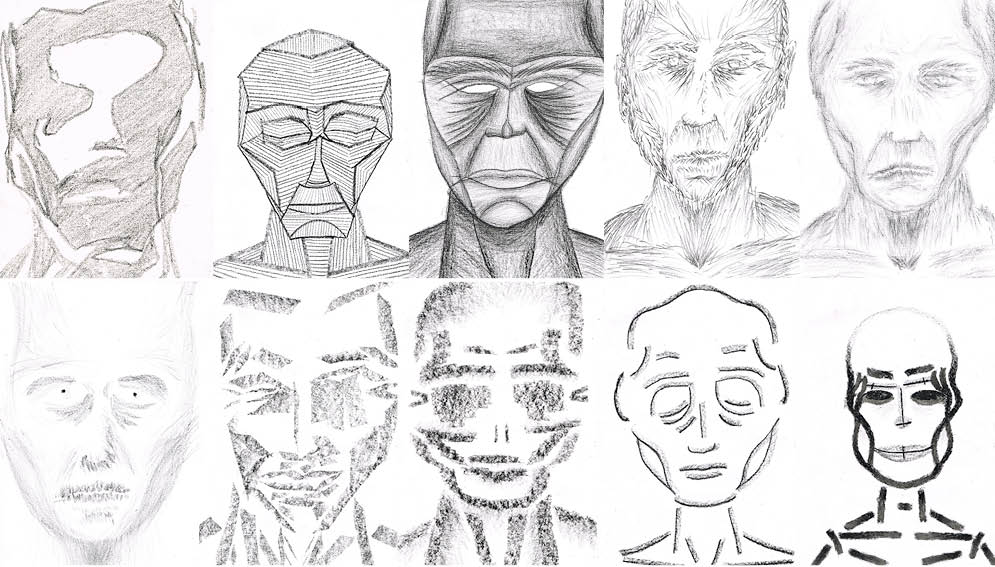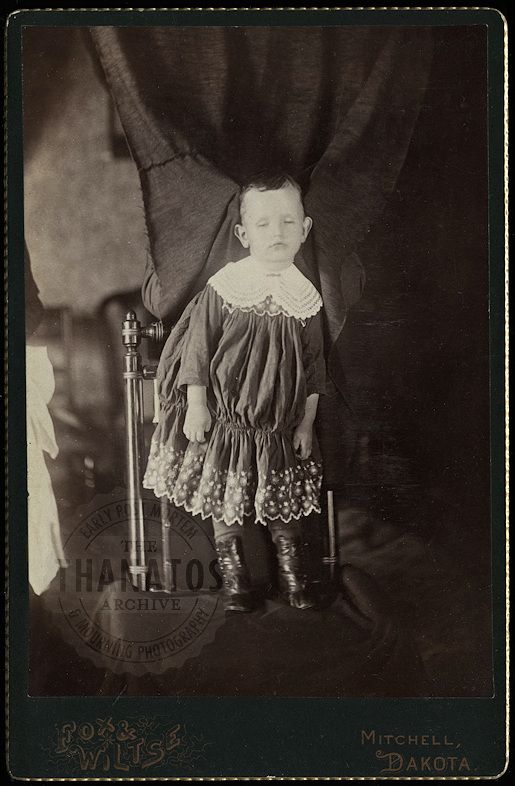After receiving an abundant amount of open call applications, the Lichting jury announced their selection of 10 final candidates that will be competing against each other for the Lichting 2023 title. Before their debut to the public during Amsterdam Fashion Week Edition 2023, AFW sat down with each participant to talk about their collection and their plans for the upcoming Lichting show. This week we would like to introduce you to Tim van der Plas.
Can you tell me something about yourself and your trajectory as a fashion student?
Studying fashion came as an actual lifesaver, as it finally gave me the tools to express my perception of the world around me in a more concrete and researched manner. Over the years leading up to and during the academy, I struggled with depression and bipolarism, but communicating these struggles verbally wasn’t sufficient. Studying fashion helped me formulate a visual language that more accurately explains my perception, which makes me feel understood. It also gave me a process to enjoy, rather than a highlight to look out for or a never-ending thirst to quench. These different factors helped me to slowly overcome my mental struggles. I made the application assignment of the academy in one night, for which I made a series of self-portraits, each time proceeding with an element I disliked about the previous one. When I stumbled upon these portraits, I saw a bothered kid, but at the same time I realised this series of portraits was no different to my graduation collection, besides a heap of technical knowledge and the immense relief of finding what I needed to express myself.
How did the concept of your graduation collection come to being?
Before the graduation trajectory I took 6 months off from the academy, to prepare myself for my graduation collection and to do introspective research about how I visualised my future as a person and as a designer. During this time, memories came flooding back of feeling out of place in high school, a challenging internship environment, botched romantic endeavours, et cetera. Although it was confronting to be faced with memories I had previously ran away from, I simultaneously realised how far I had come since those days. I wanted to use this process and its resulting collection to face up to the traumas and insecurities of these years, so I could leave it behind me, but also to visually explain others what depression might be like. This meant doing a deep dive into my understanding of what my depression entailed, meaning I needed to know exactly what it was that I was leaving behind, but also what I wanted to take with me moving forward. I practically pushed myself back into the depths of my depression through music, pictures, smells and other senses that reminded me of my worst days, from which I made a list of how depression has manifested itself in my life. I chose six of these manifestations to each personify in one look; mourning my inner child, finding comfort in discomfort, escapism, misidentified lust, shame and communicational constraint, respectively.

What important themes do you address with your collection?
First and foremost, with my collection I aim to create a better understanding of depression. On a personal level, I need to know how a thing functions before I can control it. The same goes for depression and my own mind. “You have to know the rules, before you can break them” was one of my mantras during this project. On a wider scale, I aim to create a better understanding and treatment of depression. One of the biggest catalysts of loneliness and this vicious cycle of depression was the response “Just don’t think too much” (or something similar) when trying to express my mind state. “Thanks for shovelling” was the thought that went through my head each time I heard something similar. However, I now see that both depression and the societal treatment of it are symptoms of a deeply dysfunctional system, that preaches magical voluntarism; preaching that at any point you have the ability to choose how to act and feel, and holding people accountable for it. I think if people go through depression they wouldn’t and so I aim to make them understand in the best way I know how, by showing what I went through. This also ties into the design principles that are at the root of each look. I love the idea of slow fashion, focussing more on creating a visual language through principles, concepts and experiments, rather than stylistic tailoring. Slow fashion means that it takes each project as a building block for the next, rather than a completely different project. Instead of micro-trends or becoming the “next hot thing”, I focussed on laying a strong foundation for natural evolution of my DNA as designer and (visual) principles to keep building from, with aims to slow down the fashion runaway bullet train. Moreover, I used the fact that I’m only making one of each garment and lack of commercial motives, to explore alternative venues of fabric-sourcing, leading me to only use sustainably sourced fabrics. I was fortunate enough to work with BYBORRE to produce custom knitwear in their studio in Amsterdam, as seen in the coat of Look 2: Finding Comfort in Discomfort. Besides that, I have upcycled pre-owned and discarded garments, upcycled left-over waistband facing in the dress of Look 6: Communicational Constraint, and used discarded production fabrics of a mattress-production company and left-over production fabrics from brands such as Walter van Beirendonck throughout my collection.
Lastly, I find great joy in using my work as a meeting ground for the amazing and inspiring people close to me. As much as this collection is a reflection of my personal life, so are the models, photographers and all those who helped make these clothes come alive. We’ve crossed paths from vastly different corners of the world, whether that be geographical, cultural or societal. This cross-pollination of human experiences has inspired me to acknowledge my own, which I hope to pay forward with any audience that sees this collection.

How would you describe your signature as a designer? How does this reflect in your collection?
I would describe my signature as classical, with a wildly theatrical and emotional approach. I work with clothing-specific foundations, but I try to expand this universe with theoretical and emotional design pillars. For example, for look 6: Communicational Constraint, I used the silhouette of 1850’s crinoline, which I infused with the design pillar of physical constraint by making the torso closed instead of with sleeves and structured the left-over waistband facing as the feathers of a dove – referring to a poem from my personal archive. Another example of this is shown in look 5: Shame. In this case, the silhouette was inspired by a passage from a text by Mikel Krause Frantzen, which I resonated with on a deeply emotional level, and created a theatrical and impactful look. By combining a constantly growing fashion-specific archive and further developing self-awareness, I constantly aim to better explore and visualise my perception of myself and the world around me. I don’t necessarily look for the definition of what garments are, but I try to push the boundaries of what they can convey.
Which piece from the collection are you most proud of? Why?
The trousers of Look 5: Shame is the piece that ticks almost every box of what I strive for in my designs. First of all, it holds the right balance between a design principle inspired by theory and the visual context of post-mortem photography. Finding the right balance between the different sources of inspiration and information was one of the challenges during the design process of this collection. Furthermore, these pants are what I enjoy looking at in fashion. It shows care, delicacy, an ‘understandable’ shape, as they are still clearly pants, yet complex sewing and pattern drawing techniques. Lastly, the pants give me a lot of confidence and trust in my abilities. I had a mental image of how the pants should look like, but it took quite some time to figure out how to manipulate the fabric to make it a wearable piece to send a model down the runway with, which she ever-so elegantly did.
What would be the ideal way to present your collection to the public in September? Can you already say something about what you currently have in mind?
My collection will be, in style with my previously mentioned signature, in the format of a classical runway show. However, I will have showpieces following each look, which are essential in communicating the concept. These showpieces find their beauty in its abstractness, but you could regard them as me embodying each of the five showpieces. As mentioned before, the importance of fashion to me stems from a dissatisfaction with verbal language, so it is important to experience it in its truest form to fully grasp the emotional range of my experiences, incorporated in its construction. Accompanied with an original soundtrack made in collaboration with DJ and close friend Hitam, which is an intense soundscape inspired by the anxiety that came with my depression, I look forward to disturbing people with the intense experiences that defined my depression, whilst leaving the depressed days behind me. This will leave me with a positive mind state and this collection, which will merely become a beautiful artefact of this seven-year chapter.
